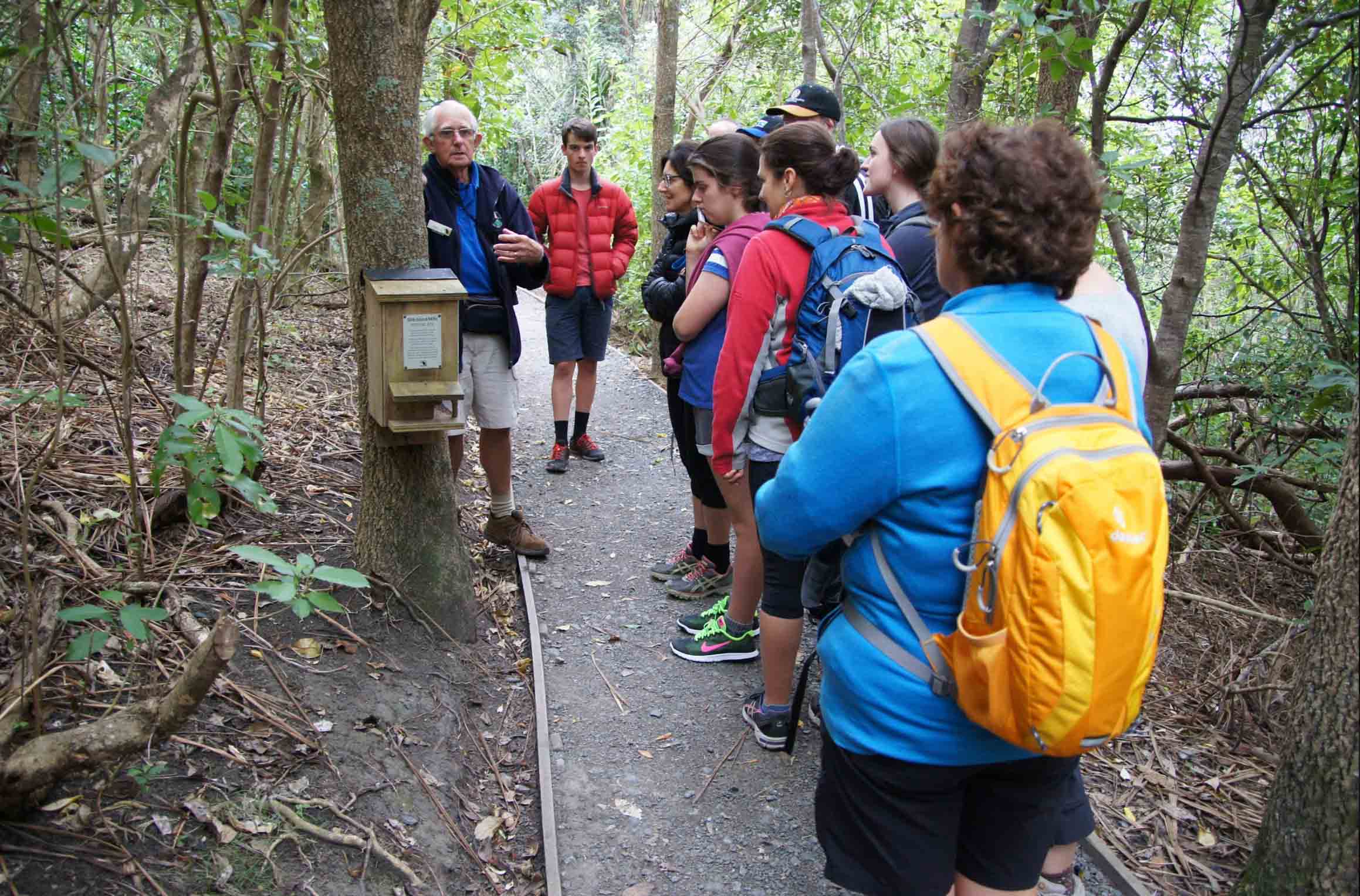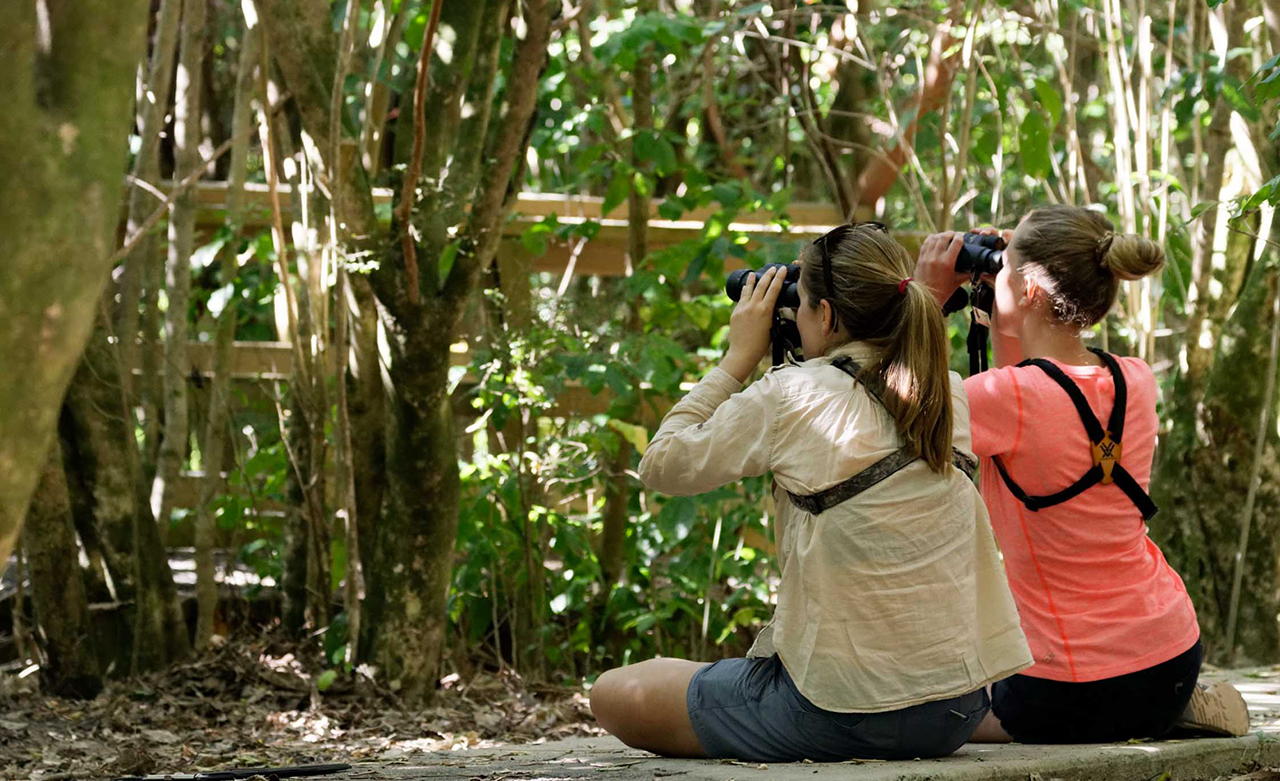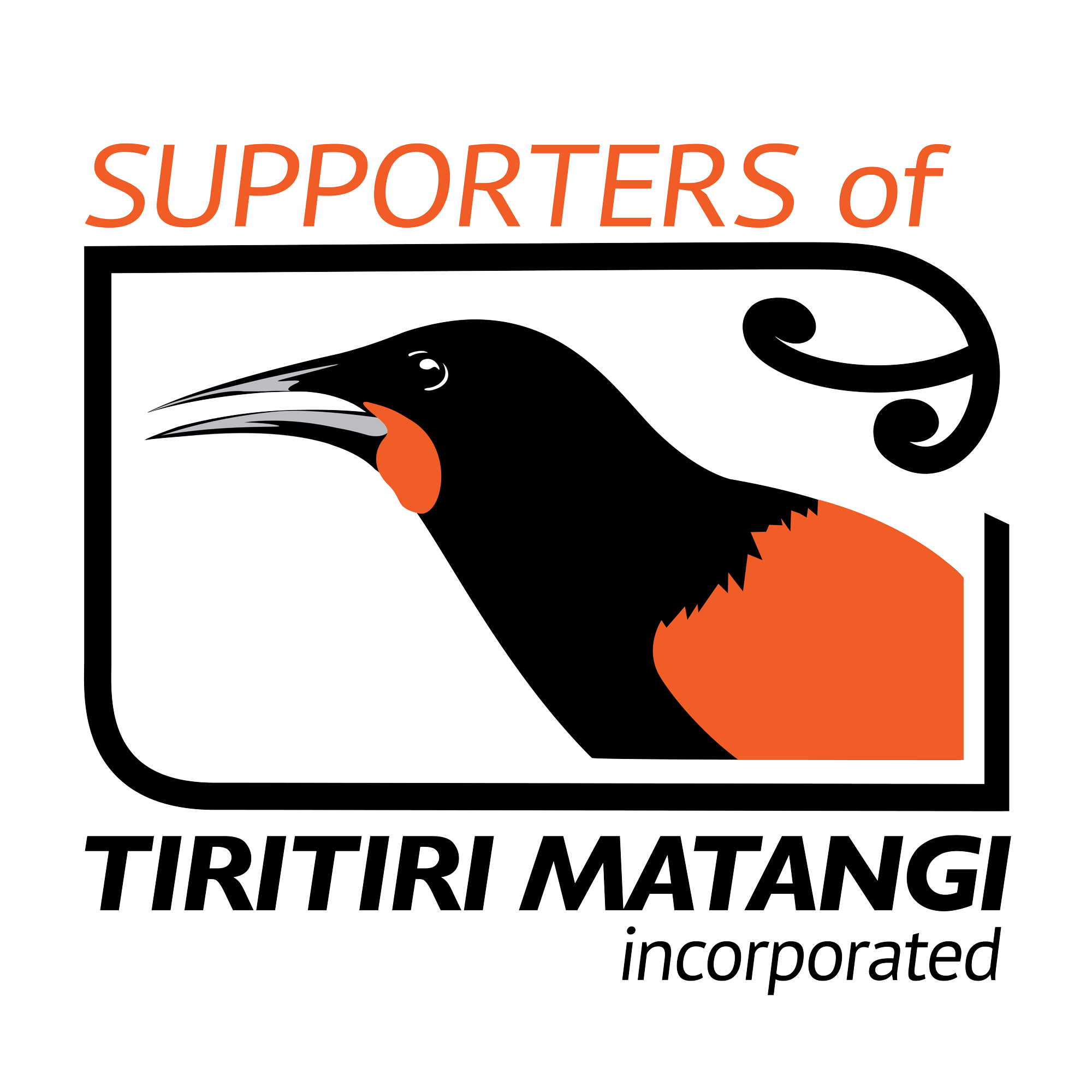Plan Your Trip

Guided Walks
If you want to soak up the island’s history, learn about the behind-the-scenes conservation work, or discover more about the birds that flit or hop across the track, you can take a guided walk. These are run by our knowledgeable volunteers, many of whom helped transform this barren farmscape into the forested sanctuary it is today. The tours vary in length from one to two and a half hours.

Activities on the island
The island offers a range of activities for day trippers, including guided walks, snorkeling and wildlife-watching opportunities. A number of tracks have sweeping views of of the Hauraki Gulf that take in podocarp forest, archaeological sites and bird-feeding stations. The tracks to the Visitor Centre vary in length from 15 minutes to 2 hours.
Biosecurity
There are no pests on the island and we want to keep it that way, so it is important to undertake some checks to ensure that you’re not taking an unwanted hitchhiker.
- Check - Your gear for pests such as rodents and insects
- Clean - footwear and gear, removing soil and seeds
- Seal - ensure your gear is zipped up (no open bags)
When you leave the mainland, it is important to scrub your footwear and double check that you’re not taking any unwanted seeds or pests onto the island. For a detailed checklist, see the Department of Conservation’s guide.
Visitor Centre
At the top of the island, near the lighthouse, is a Visitor Centre that has interesting interpretive displays and free coffee and tea. There is no food for sale on the island so please bring your own lunch. The shop at the Visitor Centre sells cold drinks and a wide range of gifts – all proceeds benefit conservation and education activities carried out by the Supporters of Tiritiri Matangi.
Shop Hours:
Wed-Fri 11:00am-2:00pm
Sat-Sun 11:00am-3:00pm
(These are our usual shop hours and are subject to change)
When to visit
Any time is a good time to visit the wildlife of Tiritiri Matangi! At certain times of the year you can observe courtship and nesting activities, or enjoy seasonal plants blooming.
Early Spring
Our golden kowhai signals the start of spring, bringing splashes of colour to the bush. It’s courtship season, so the birds put on a show – witness kererū performing swooping aerial displays and more.
Spring
Spring is undoubtedly the best time to enjoy the special Tiritiri dawn chorus, if you are lucky enough to stay overnight. You won’t want to sleep in!
Summer
Early summer is a great time to see our blazing red pōhutukawa in full flower. Look out for flocks of birds in family groups and parents feeding chicks.
Autumn
By autumn the birds have finished their moult and are looking their best. Cooler weather and more rain refreshes the whole island.
Winter
In winter the flowering kohekohe steals the show. If you’re lucky you may be treated to an up-close encounter with nesting kororā/little penguins.
Overnight Stays
Overnight accommodation is available on Tiritiri Matangi in a cottage that was once the lighthouse keeper’s accommodation. The cottage has 15 bunks across three rooms, and is well equipped with all cooking utensils, fridge, freezer, microwave, gas stove, BBQ, and bathroom facilities with hot showers.
Planning A School Visit?
A visit to Tiritiri Matangi gives children the chance to take a trip back in time when our forests were full to bursting with birds.
Click below to find out more about the Islands Education Programmes and Growing Minds program which offers financial supports for schools to visit the Island.
Environmental care code
Learn how to minimise your environmental impact while enjoying natural and cultural heritage areas. This environmental care code has been developed by DOC to ensure people leave no trace.
1 Protect plants and animals
Treat Tiritiri Matangi’s forests and wildlife with care and respect. They are unique and often rare. No bird lures, whistles or recordings to be used.
2 Remove Rubbish
Litter is unattractive, harmful to wildlife and can increase disease. Plan your visit to reduce rubbish, and carry out what you carry in.
3 Toilets
Toilets are available at the Tiritiri wharf, Hobbs Beach and Visitor Centre.
4 Keep streams & lakes clean
Be careful to avoid dropping litter or other materials in our streams and ponds.
5 No fires
No fires allowed, not even a barbecue on the beach. Smoking permitted only on the concrete areas at the Wharf and by the Visitor Centre.
6 No Camping
No camping allowed on the Island.
7 Keep to the tracks
By keeping to the major tracks shown on the maps, you lessen the chance of damaging fragile plants and animals and their habitat. Do not stray onto 'bush tracks' these are for access by researchers and those monitoring the plants and animals. No ball games are allowed on the Island; a ball bouncing into long grass could disturb, injure or even kill an animal.
8 Consider others
People visit the Tiritiri Matangi for many reasons. Be considerate of other visitors who also have a right to enjoy the natural environment.
9 Respect our cultural heritage
By keeping to the major tracks shown on the maps, you lessen the chance of damaging fragile plants and animals and their habitat. Do not stray onto 'bush tracks' these are for access by researchers and those monitoring the plants and animals. No ball games are allowed on the Island; a ball bouncing into long grass could disturb, injure or even kill an animal.
10 Enjoy your visit
Enjoy your outdoor experience. Take a last look before leaving the Island; will the next visitor know that you have been there?
Protect the environment for your own sake, for the sake of those who come after you, and for the environment itself.
Toitū te whenua (Leave the land undisturbed)
Come prepared
If the weather is looking rainy, it is advised to take decent wet weather gear as there are no shelters along the tracks. Regardless of the forecast, please bring a raincoat. Many of the tracks are steep and some contain steps, if you have small children, it is advised that you take a mountain buggy.
Getting to the island
Tiritiri Matangi lies close to the Whangaparoa Peninsula. The easiest way to get to and from the island is to take the Explore’s ferry service from either Central Auckland or Gulf Harbour.
